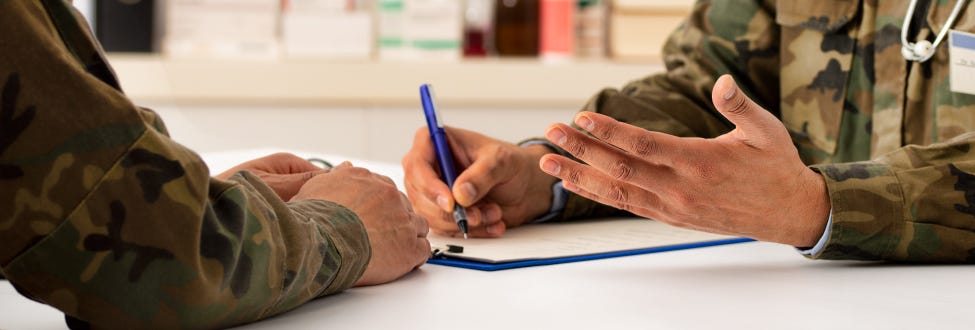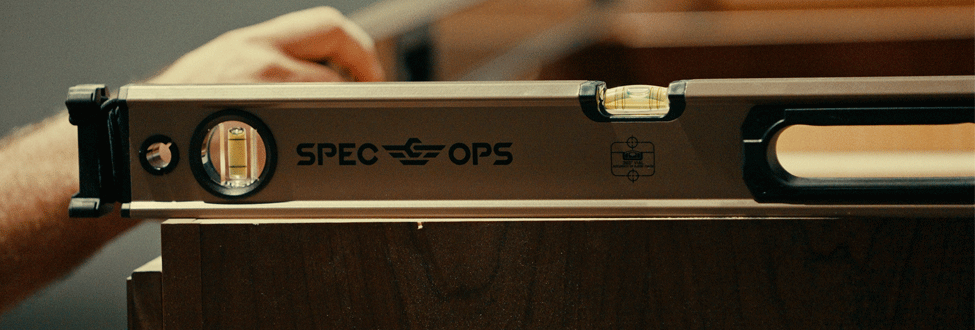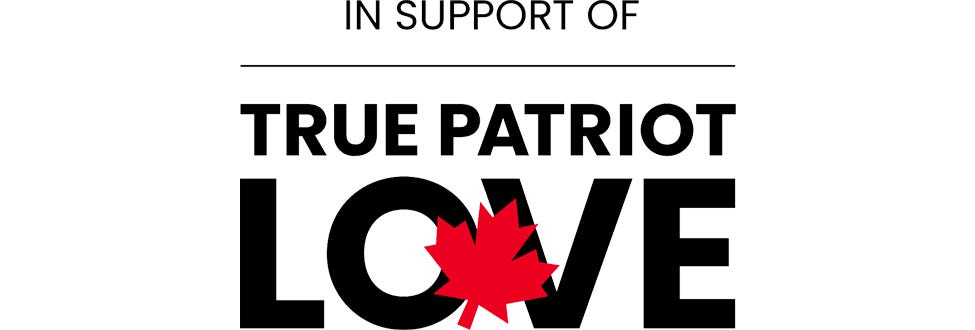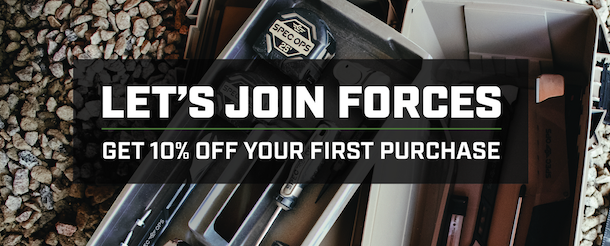How to Remodel a Bathroom
- Feb 18, 2021

Remodeling a bathroom can increase a home's value, improve water and energy efficiency to save money, and give a house a more updated look. Enhancing a bathroom has many advantages, but it can be costly. HomeAdvisor reports that the average bathroom remodel costs over $10,000, and this figure can reach over $25,000 on larger remodels.
Intermediate-to-experienced DIYers understand that they may cut significant costs by planning and gathering materials themselves, but a bathroom remodel is no small task. To successfully remodel a bathroom, you'll need the right tools for the job and the right amount of knowledge and expertise. Use the following information as a guide to a successful bathroom remodel.
1. Make a Plan & Budget
Even the smallest of construction projects need to be thought out carefully. With a bathroom remodel, preparation will be even more crucial and will save a lot of time, money, and frustration. No one wants to get halfway through a project only to find out they quickly go over budget, don't know what they're doing, or don't have the necessary tools and materials to continue further. Before anything else, have a thorough plan of the work that needs to be done, how to do it, and what it will cost to make a bathroom remodel go smoothly.
It will take time to plan out a design for a new bathroom — color scheme, updated fixtures, cabinets and storage space, and utility locations. Likely, this project will take a couple of days to a week. Here are common things associated with a bathroom remodel that will need to be planned for bandwidth and time:
- DIYers know that they probably will need to examine online tutorials and/or speak to colleagues about the bathroom remodel elements they may not know.
- It will also help to understand building codes and operating properly for this scope of work.
- It will save time to measure and make sure that the fixtures planned on purchasing will fit or need to be custom made.
- Calculating the square footage of the floor for tile and accommodating any irregular angles.
- Demolishing and disposal of fixtures and other materials in the original bathroom.
- PRO TIP: Since DIYers are not licensed, consider hiring a professionally licensed contractor for specific tasks you may feel uncomfortable with, not authorized to do, and/or to save time.
The project's fundamental tools and supplies come first when looking into a bathroom remodel. Think of safety, as well as utility when gathering this equipment. As part of the planning process, make sure to have the following to complete the various tasks involved with a bathroom remodel successfully:
- Safety mask, goggles, and gloves;
- Buckets;
- Chalk line;
- Caulk gun;
- Sealant and spackle;
- Tape measure;
- Adjustable wrench;
- Power drill;
- Hammers;
- Screwdrivers;
- Hacksaw;
- Utility knife;
- Prybar;
- Extension cords;
- Stud finder.
Once the design has been mapped out and the tools are bought, it’s time to get a reasonable estimate of how much the project will cost. Now that hiring a professional for certain tasks has been considered, what amount of tile is needed, what fixtures to purchase, and necessary tools, start budgeting money and time. Sticking to this budget and timeline will be instrumental throughout the whole bathroom remodel project.
2. Remove or Demolish Existing Fixtures
To install new fixtures, drywall, tile, and plumbing and electrical, clear out all of the existing features that need to be replaced. This removal often requires demolition, but before wrecking mode begins, remember several things; an orderly, effective, and safe demolition and removal of items during a bathroom remodel should look similar to the following:
- Shut off the water supply to the toilet, sink, shower, and bathtub;
- Turn off the electricity to the bathroom if light fixtures are to be replaced;
- Take out the toilet, using a plug (such as a towel) to eliminate sewer gases;
- Detach the sink and associated old plumbing;
- Take out the shower stall and/or tub and examine for mold, mildew, and/or water damage;
- Pry off the tile, drywall, linoleum flooring, and baseboards and inspect for mold, mildew, and/or water damage;
- Take out any cabinets, vanities, and/or mirrors that will be replaced;
- Confirm you are doing all the above without damaging plumbing or electrical work.
Several more points to consider include having right tools for the job and safely and properly disposing of waste. For instance, several hammers will likely be used as different types of hammers are used for different tasks — and several functions during a bathroom remodel will require different types of hammers (sledgehammer, brick hammer, drywall hammer, etc.). Lastly, DIYers should always strive to make their projects sustainable. This includes not wasting materials, recycling them when possible, and disposing of (sees potentially harmful) debris such as fiberglass correctly.
3. Prepare Plumbing for New Fixtures
Now that the bathroom is gutted and all is exposed, the plumbing rough-in can begin. During the demolition process, the waterline should have been cut off to the bathroom, and now it’s time to start prepping the plumbing for new fixtures. The rough-in projects will vary depending on the magnitude of the remodeling plan. Tasks typically done during a plumbing rough-in include:
- Installing and capping off hot and cold water pipes and gas lines;
- Connecting the shower vent, pan, or tub;
- Replacing the toilet flange;
- Dry fitting piping;
- Attaching (additional) plumbing lines.
4. Update Electrical Fixtures & Wiring
Since the bathroom is gutted, exposed, and clutter-free, and the electricity is shut off to the bathroom, begin electrical. Again, the extent of the electrical rough-in will depend entirely on the scale of tje remodel. However, typical electrical rough-in duties include:
- Laying out lines;
- Setting up the grounding, overhead service wire, and electrical panel;
- Mounting junction boxes;
- Wire-pulling;
- Installing new outlets and updating fixtures;
- Adding new hookups for more lighting.
The electrical rough-in should be done after the plumbing, as it is easier to work around the plumbing than it is the wiring.
5. Close & Paint the Walls
Once the rough-ins have been completed, start to close off the walls and subsequently paint them. This includes cutting and hanging new drywall to fit around fixtures, using cement board and vapor barriers and heavy moisture areas such as the shower and/or tub, and using cement board for its resistance to dampness and to serve behind wall tile.
Additionally, be sure to paint the walls in whatever color scheme was planned out at the beginning. It’s best for bathrooms to use a semi-gloss or satin finish to last longer against the humidity common in this area. In both cases — closing the walls and painting — be conscious of minimizing mold, mildew, and water damage.
6. Lay Down Tile
The walls have been taken care of, and it’s time for the tile to be laid down. It’s important to remember that the bathtub area and shower walls should be tiled first, and then it’s possible to other areas of the bathroom, such as tiling the floor.
A chalk line can be used to keep the tiles in a straight line — saving time and frustration from realizing the whole wall has been tiled, and yet it’s crooked. Finally, apply the grout once the mortar is dry and the spacers are removed, and seal the grout to protect from moisture and staining.
7. Install New Fixtures
The bathroom is mostly done, and now new fixtures can be installed. With everything prepped, ready, and dried, start setting up fixtures such as:
- Shower doors;
- Lights;
- Exhaust fans;
- Vanities;
- Mirrors;
- Cabinets;
- Sinks;
- Toilets.
During this time, it’s possible to adjust wiring for electrical fixtures and fitting for plumbing fixtures, as the dimensions of your new fixtures might not be the same as the old ones. Remember to keep the electricity and water cut off from the bathroom to make these adjustments.
8. Add Finishing Touches
Finally, it’s time to polish up the bathroom and put on the finishing touches. This will primarily involve placing furniture, decor, and other accessories throughout the bathroom. However, other finishing touches could be to change the light switch plates, install shelving for more storage, and position towel racks. Consider placing whatever is deemed necessary and decorative for a bathroom.
A bathroom remodel can be hard work, but when you know what to do and how to do it, it’s less challenging. Lastly, make sure to clean off all of your tools, as many materials involved in a bathroom remodel can damage your equipment if they are not adequately cleaned.









